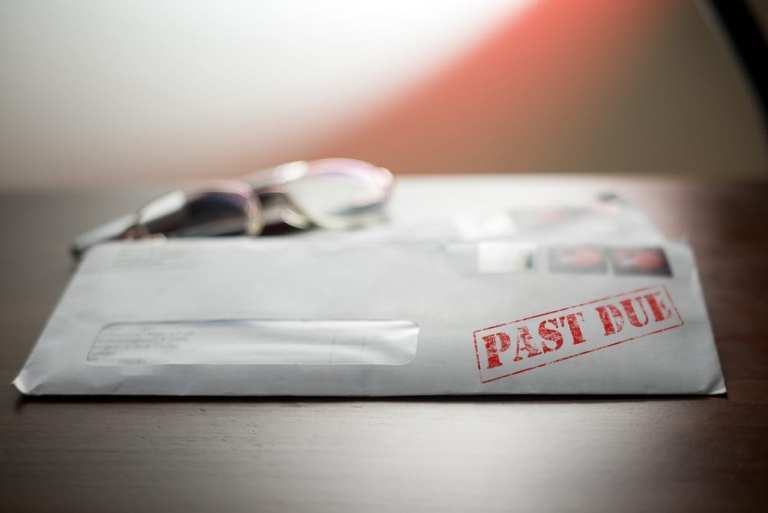
The steep decline in consumer spending resulted in less U.S. household debt for the first time since 2014, the Financial Times (FT) reported.
At the end of June, consumer debt balances sat at $14.27 trillion, according to figures from the Federal Reserve Bank of New York. That’s a 0.2 percent drop since March, a decline showing a $76 billion reduction in credit card balances. That constitutes the “sharpest decline on record,” FT reported.
With business activity mostly stopped to a halt for several months earlier in the year, spending was down, analysts said, according to the report.
In the U.S., a recovery was projected as states eased their lockdown restrictions, but new surges in coronavirus cases in June paused several of those reopenings. So, the spending remained lower.
Data from J.P. Morgan Chase, PYMNTS reported, found that the economy seemed to be at a standstill as the pandemic moved into August. The data showed that the numbers of jobless claims and hours worked by employees mostly stayed the same. And while spending was up at supermarkets and wholesale retailers, spending at gas stations and restaurants fell sharply.
Auto loans barely moved during the three months ending June 30, and student loan balances tended to rise, inching up by $2 billion. Non-housing balances, looked at all together, were sitting at the largest decline in the history of reporting this data, down $86 billion. Delinquency rates fell sharply as consumers were granted forbearance from the CARES Act.
Joelle Scally, administrator at the Center for Microeconomic Data at the New York Federal Reserve, said protections through the CARES Act “prevented large-scale delinquency from appearing on credit reports and damaging future credit access,” FT reported.
“However, these temporary relief measures may also mask the very real financial challenges that Americans may be experiencing as a result of the COVID-19 pandemic and the subsequent economic slowdown,” she said, according to FT.